

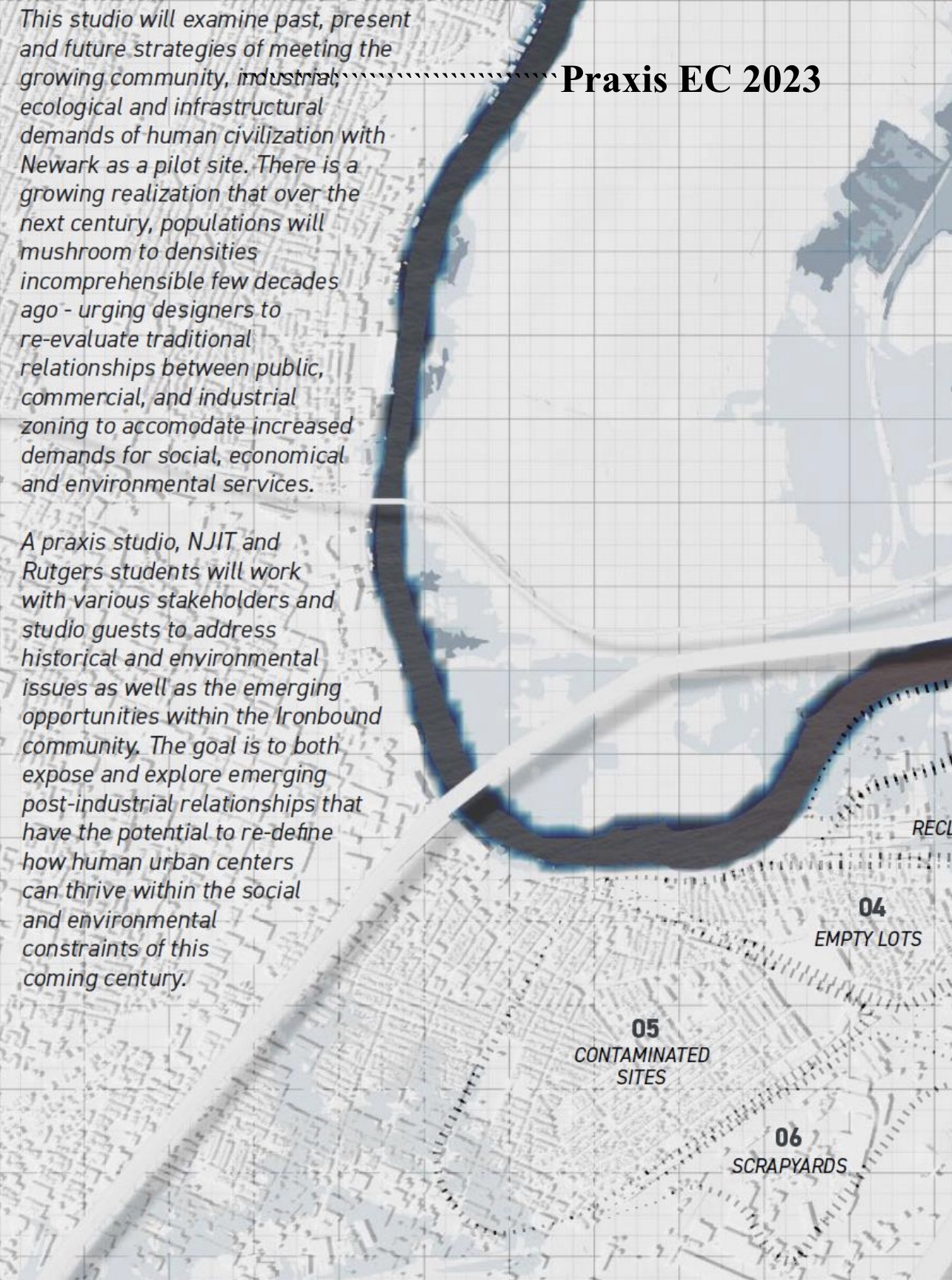
Newark is the most populated city in New Jersey and at the same time one of the busiest industrial hubs nationwide for air, rail, and maritime ports. This industrial port history has greatly influenced the city’s long term land use and commercial activities over the last 200 years. In 1927, these early industrial distribution networks drove economic and population growth that rivaled New York City and created a perception that Newark was going to be the greatest industrial center of the world. However, the expansion of these distribution networks over the next 30 years harmed Newark as they began to divide the fabric of the neighborhoods and displaced residents that populated its communities. The commercial activities associated with the distribution networks further degraded the social and ecological health of Newark and led to a great economic and population decline by the middle of the 20th century. Today, Newark is experiencing a revival driven by cultural, environmental, and technological investments over the last 20 years. Newark’s population has grown for the first time since 1940 and the revitalization efforts have earned it recognition within the public and media as Renaissance City. This renaissance driving by a new type of distribution network, fiber optics, that has helped establish a tech hub industry within Newark that with the cultural and environmental investments created a rush to build back the neighborhoods that had been last century.
This course is a writing intensive analysis of the interaction between land, people and the built environment. A broad spectrum of environmental issues are surveyed through lecture, group discussion and writings. The policy and regulatory framework driving environmental protection and natural resource management are examined. Most of the information covered during the course is current and cannot be found in a text book.
Learning Goals: 1. Students will analyze the relationship that science and technology have to a contemporary social issue. To interpret science, technology, and cultural context to critique, design, and to envision and develop innovative solutions in sustainability, land stewardship, and other contemporary environmental challenges. (Aligned with Core Goal Contemporary Challenges C) 2. Students will be able to effectively communicate, in standard written English, to a general audience, and respond effectively to editorial feedback from peers, instructors, &/or supervisors through successive drafts & revision. (WCd).
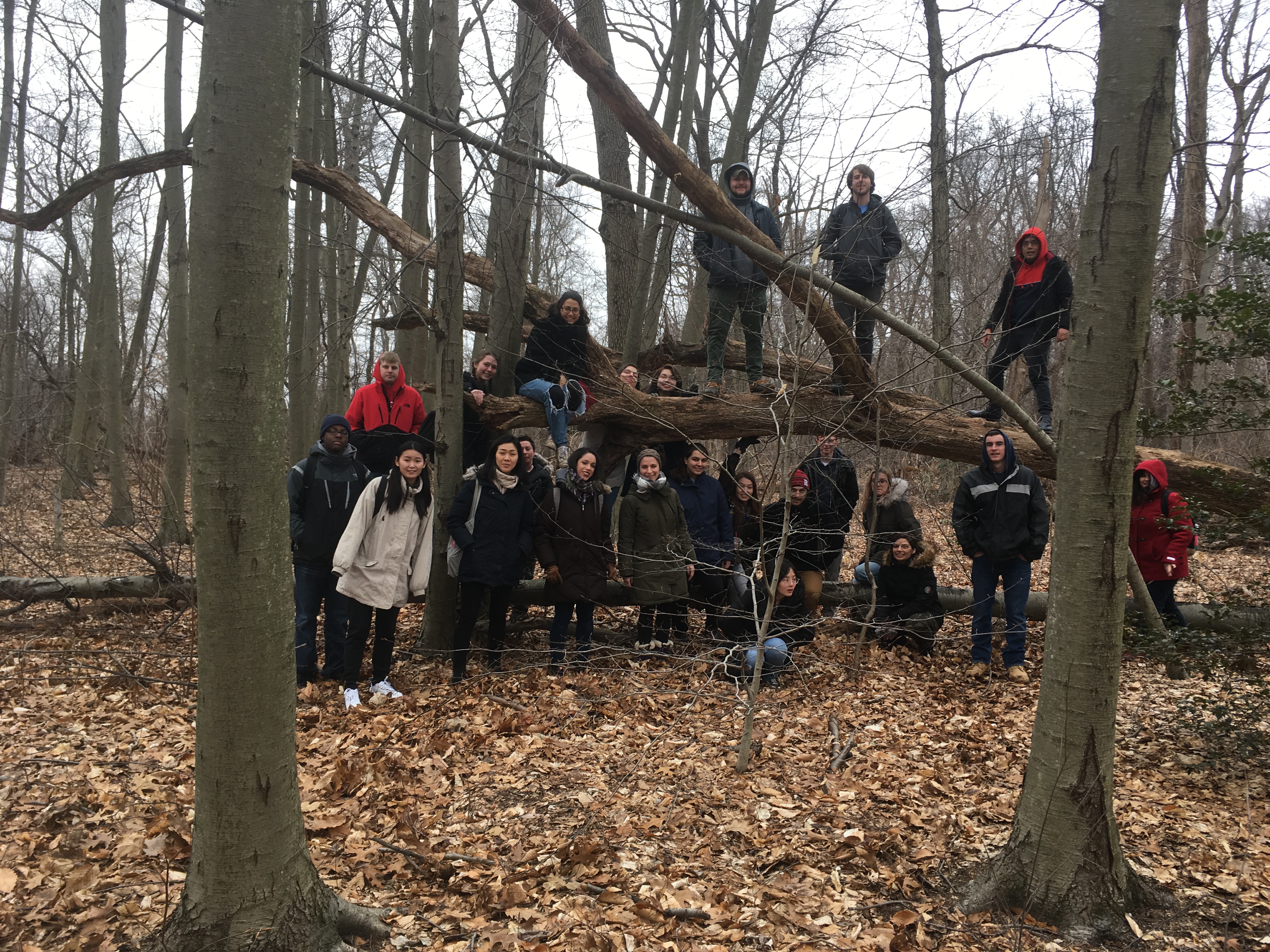
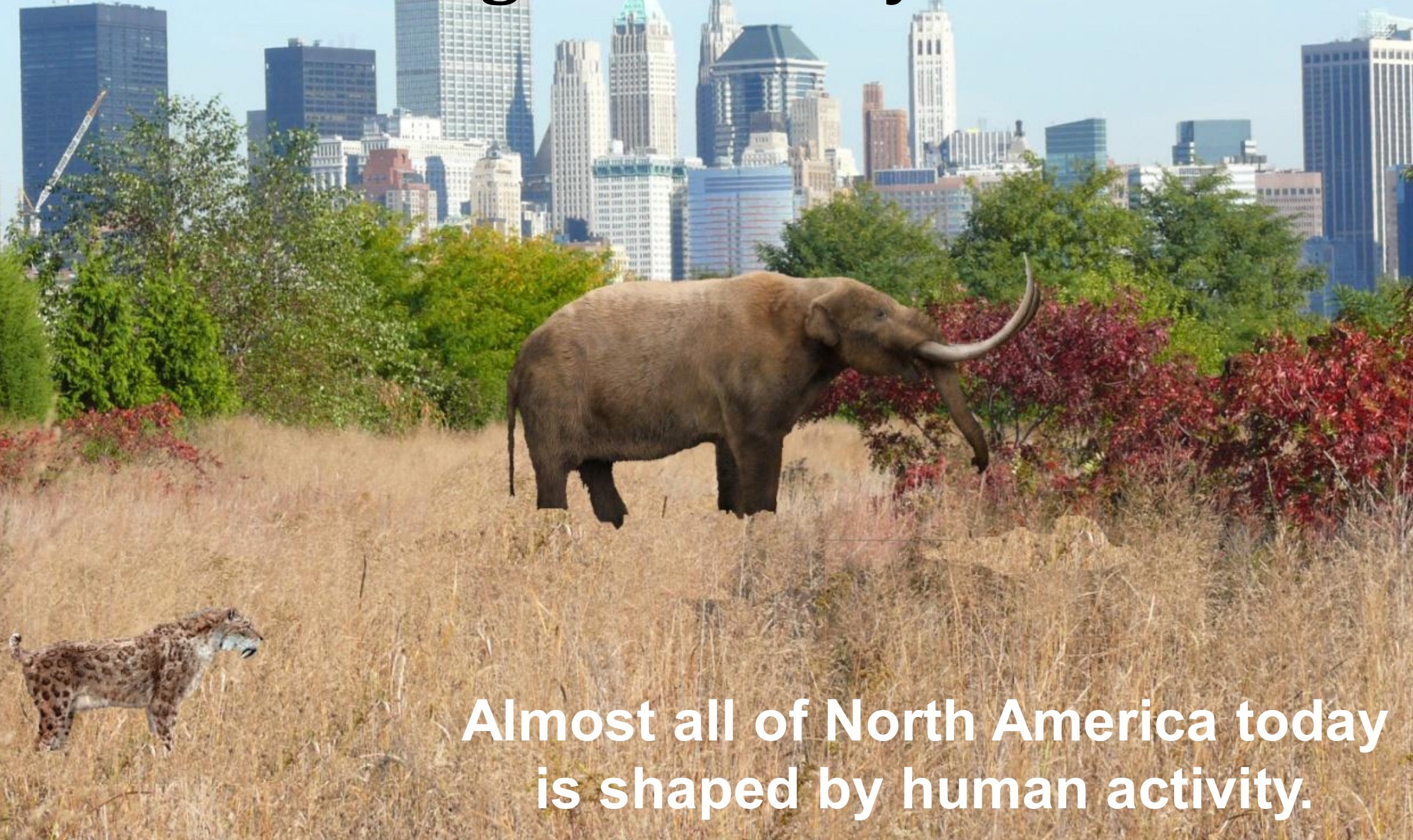
Almost all of North America today is shaped by human activity. Despite this, the continent still has a wealth of natural resources and harbors a large biodiversity. This class will explore why North America has special ecology. By exploring the biological history of the continent from pre-human times to today (and even beyond), this class is investigating how the biota (flora and fauna) of the continent developed over the millennia and arrived at its current status. The class ranges from topics such as paleontology, archaeology, historical and bio-geography to urban ecology and conservation biology. The topic will be approached using lectures, field trips, student facilitated discussion and paper presentation.
Learning Objectives a. As much as human history teaches us about what we are (or could be), this account of the ecological history of our continent will foster an understanding of why we arrived at the current ecological condition. b. Students will understand that natural processes are active in human dominated landscapes as well and how urban environments are part of the natural history as well. c. Students will gain an awareness of how to read the current landscape and look for signs of the past that explain the present (and maybe the future). d. Students will appreciate how natural and human histories are connected. e. Students will understand how to address problematic human impacts and find ways of allowing natural processes to continue less impeded. As such they will see that science must play a central role in addressing problems of societal concern.
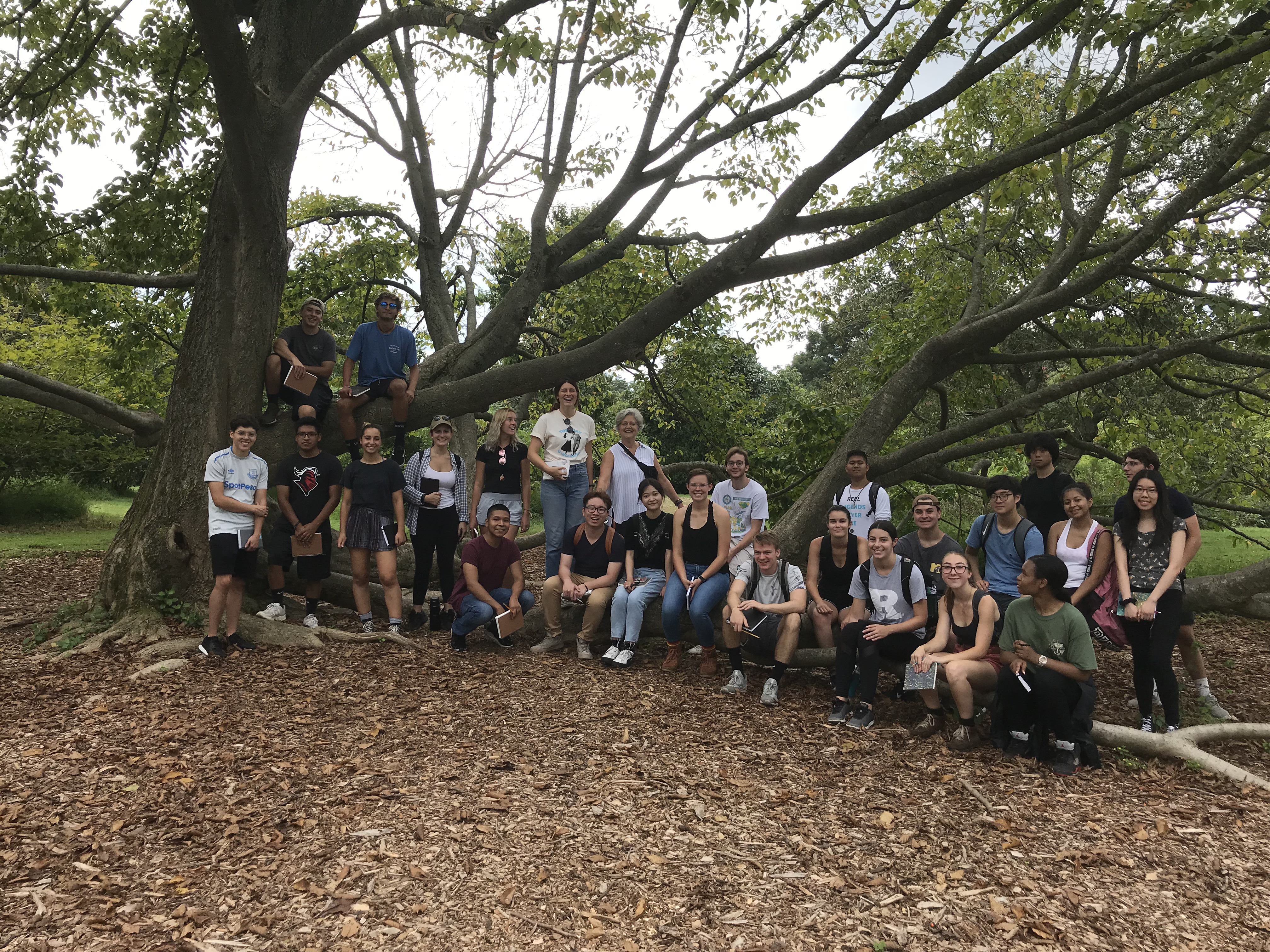
Introduction to Environmental Design I is the foundation studio for our 2 majors: Landscape Architecture, and Environmental Planning. The studio investigates how landscape design and planning can shape the built environment purposefully, productively, and provocatively. An introduction to the rigor and language of the environmental design process, as well as the tools, techniques, and creative speculation needed to move through the various stages of that process, it touches upon: aspects of human use of the landscape, plant material in the landscape, and landform (using topographic plans, sections, and contour models).
The course is composed of weekly lectures and studios. Studio facilitates students in the expression of their design intentions, providing guidance and opportunity to develop critical thinking and creative skills. Studio activities include site visits and analysis, design exercises, individual desk critiques, group pin-ups, and project reviews. Students will draw, craft models, and “make things” each day. In almost all cases, students will leave a given studio with an assignment due at the start of the next studio when it will be discussed with the instructor and among groups of classmates. Each student is expected not only to present thoughts on his/her own designs, but to contribute to conversations and critique about the work of others.
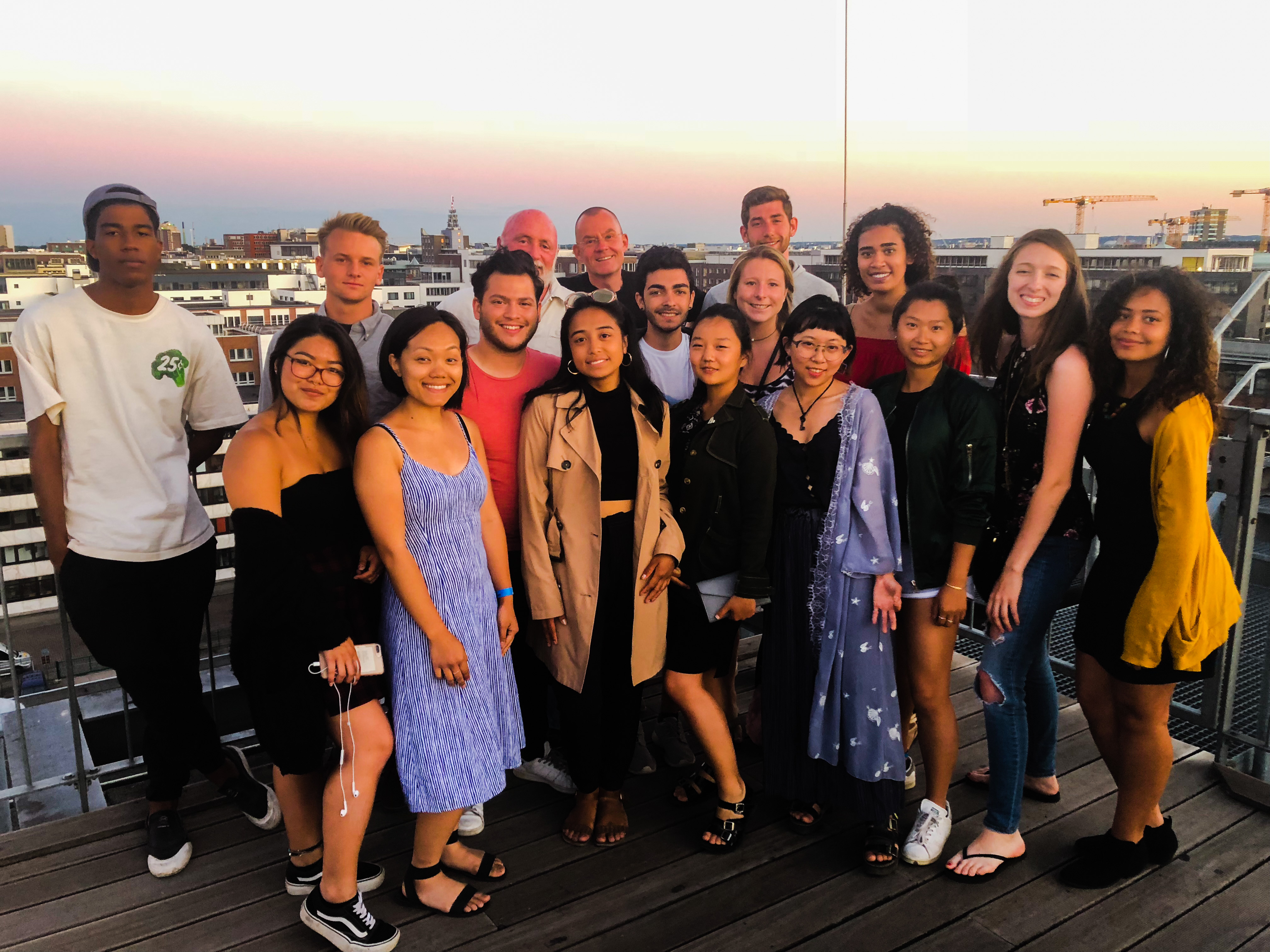
Over the course of five weeks in various cities and towns in Germany, students will document the physical environment in their essays and journals, exploring issues of scale, cultural meaning (historical, political and social contexts), urban form, and the role of novel ecology (also called fourth nature) in these urban and post-industrial environments. The program begins in Berlin where history and urban design are fused with controversies related to national identity. Berlin is also the home of what local ecologist Herbert Sukkop calls fourth nature, a nature shaped by intensive human land use that changed wastelands into urban nature parks. Vacant lots and abandoned areas, some destroyed by war, became ecological study sites that formed the basis of a new nature model. An ecologist from the Technical University of Berlin will lecture on this topic at several new parks that incorporate spontaneous vegetation From there, we travel to Essen in heart of the Ruhr region, a formerly agricultural region later completely transformed by the coal and steel industries. Within this region, Landschaftspark Duisburg Nord, located in Duisburg-Meiderich, will be the focus of several days of study. It was designed in 1991 by Latz + Partner (Peter Latz) with the premise that the land has an innate ability to heal, and that through this process we can better understand our industrial past. We will also explore the reclamation of the Emscher River. About 30 miles south west of Essen, the city of Düsseldorf, the state capital of North Rhine Westfalia (Germany’s most populous state), represents an interesting contrast to the neighboring Ruhr area as a baroque residence city that transformed from residence to industry to a service industry.